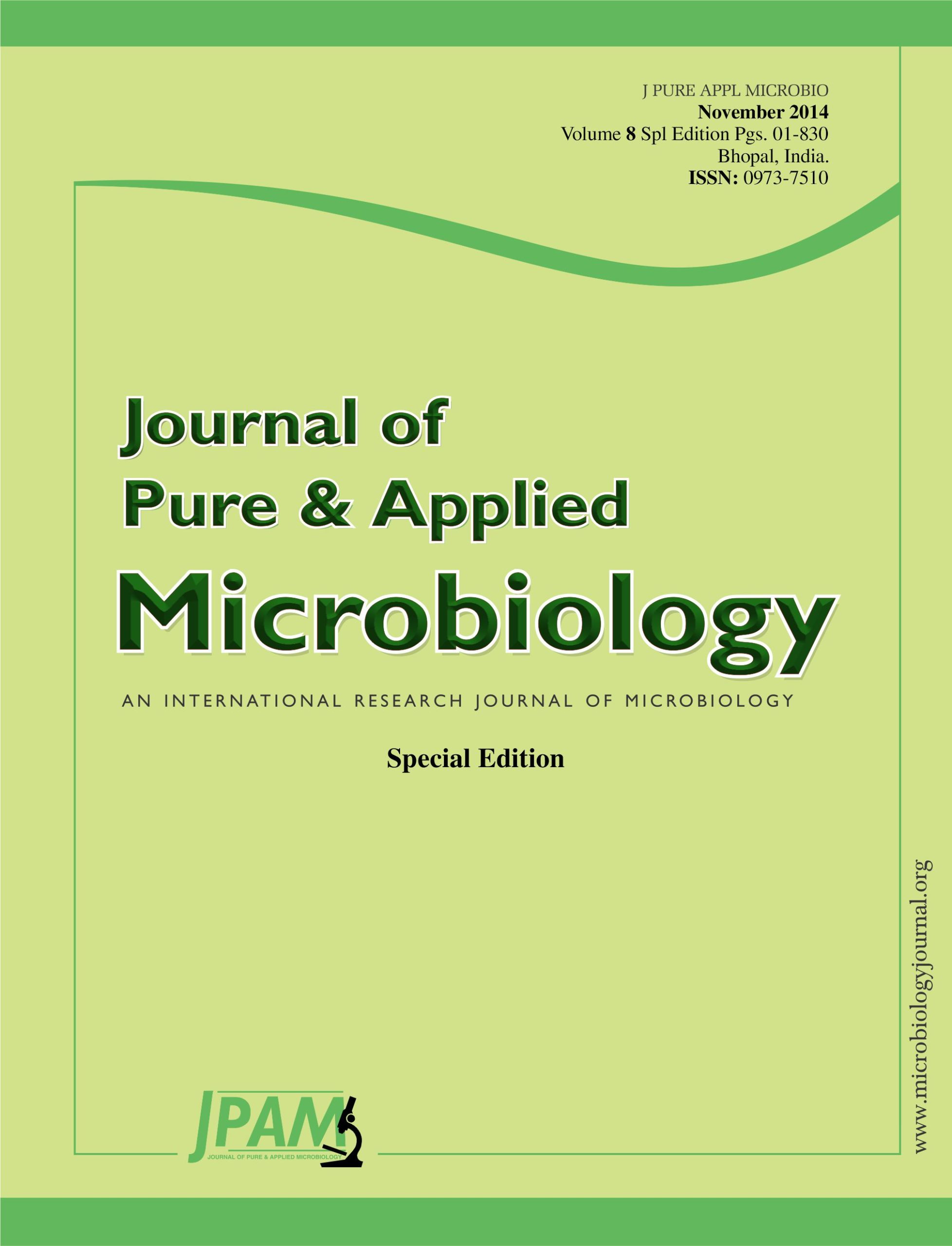Hemorrhagic septicemia (HS) is a fatal disease of cattle and buffaloes causing heavy economic losses. The causative organism (Pasteurella multocida) was isolated and identified from blood samples of infected animals on the basis of morphological and molecular characteristics. The lipopolysaccharides (LPS) were extracted by treating the cells with proteinase K and quantified following per iodic acid method. This LPS was mixed with Saccharomyces cerevisiae and different concentrations were injected subcutaneously in buffaloes. The OD values of ELISA showed that the antibody level against LPS was higher in Group D and it gradually decreased from 10th to 30th day post inoculation. Hence it was found that the LPS was immunogenic and its immunogenic activity can be improved by the addition of carrier proteins from S. cerevisiae.
Pasteurella multocida, Hemorrhagic septicemia, LPS, ELISA, Immunity & Buffaloes
© The Author(s) 2014. Open Access. This article is distributed under the terms of the Creative Commons Attribution 4.0 International License which permits unrestricted use, sharing, distribution, and reproduction in any medium, provided you give appropriate credit to the original author(s) and the source, provide a link to the Creative Commons license, and indicate if changes were made.


